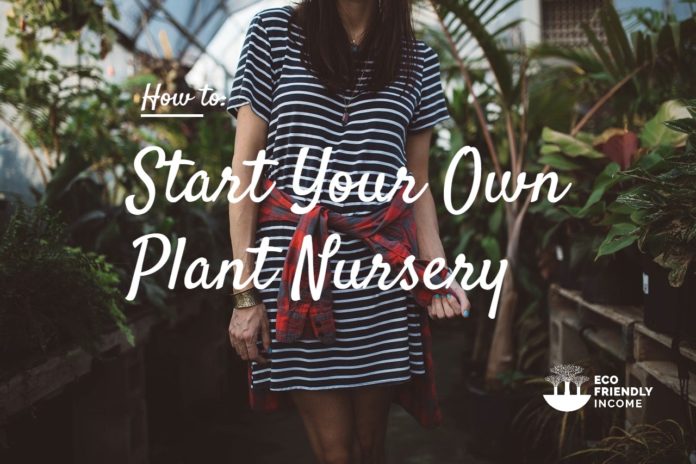So you have a green thumb and really dig business, you’ve always wanted to start one but you don’t have the right idea. What about learning how to start a nursery business? If there’s one thing that is easy to sell, it’s plants!
People love plants, they sell themselves. You could be at the dentist, chatting about what you do for a living, and the slight mention of having a plant nursery could get you customers: “Could I come to see them?”.
Additionally, the start-up cost is minimal. Given you have a property already, you could start it right there in your back yard.
Plant Propagation: Your Most Important Skill to Start a Plant Nursery
The most important asset you can have when starting a plant nursery is this skill: Plant propagation. It’s an easy to acquire skill but truly a must-have to keep your costs, and operations feasible.
Propagating trees and plants is what allows you to keep multiplying your plants at a low cost. Plant propagation is the first step to understanding the economics of tree nurseries.
Learn how to propagate plants in our Zone 2 Perennial Shrubs Propagation Guide.
What You’ll Need to Start Your Plant Nursery
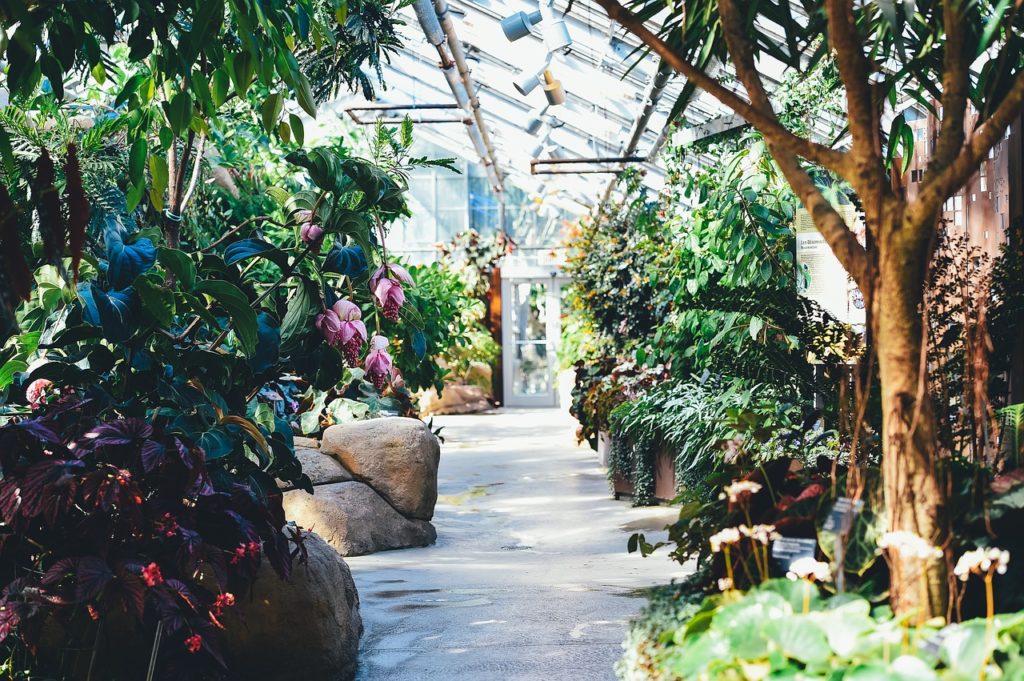
If you plan to start a plant nursery, you know you’ll need the right area to grow your plants. A greenhouse is really a good choice but not everyone may have access to one. In that case, you can set up a portable greenhouse in your backyard. Or simply grow your plants in a garden.
There is a list of things you’ll need if you want to be the most productive. Here is everything you’ll need to consider getting:
P.S. I will add links to make it easier for you to find the materials. I am not sponsored by these companies, I’m doing this to make your life easier!
A Greenhouse or Land
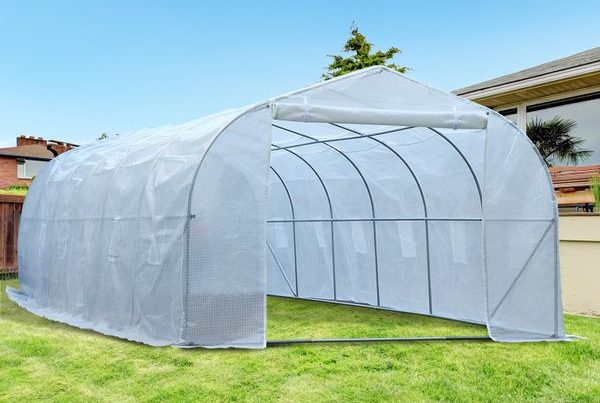
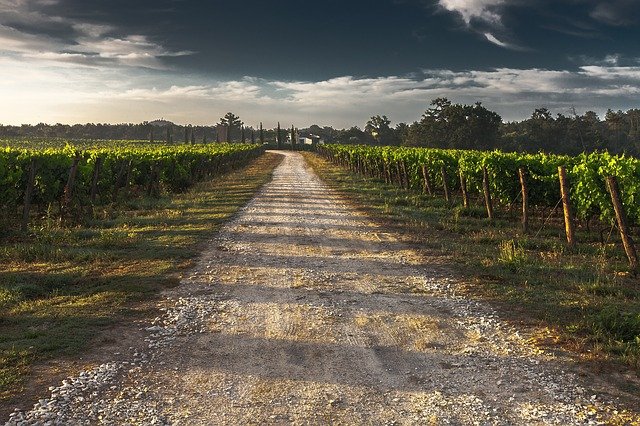
If you’re thinking of something small scale, a greenhouse like that can be set up anywhere. Prices range from $150 to $500 CAD, all depends on the size you’re thinking of.
Where to get a greenhouse like this:

Aosom Canada sells and ships these directly to your home.
While a greenhouse is a great asset to starting a plant nursery, it’s not necessary. You could do it outdoors as well. For example, Mike’s backyard Nursery simply lays down landscaping fabric to stop weeds from coming through and places his potted plants on top in an orderly fashion.
An Assortment of Pots: Large, Medium, & Starters
For your pots, I recommend ordering from China on Alibaba. You’ll get the cheapest prices out there which will help your profit margins. There are plenty of choices for biodegradable pots and fabric bags that will suit your needs. Since you will need many pots in the future, buying wholesale at a cheaper price, as opposed to your local store, is your best bet.
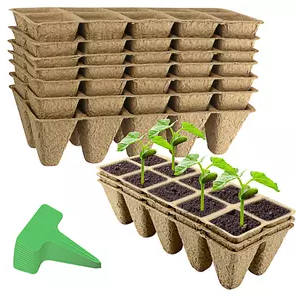
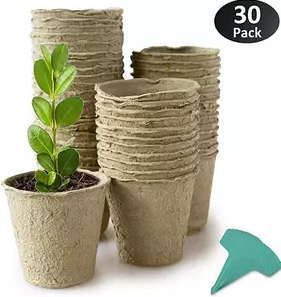
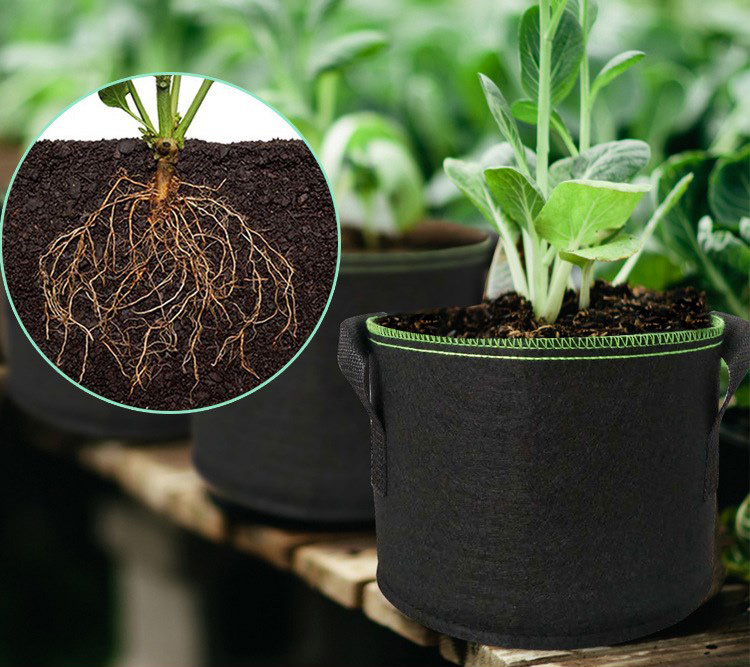
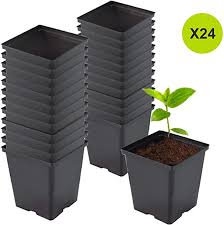
Shop Here for Starter Biodegradable Pots
Shop Here for Medium Biodegradable Pots
Shop Here Large Fabric Biodegradable Bag
Shop Here for Sturdy Plastic Plant Pots
Potting Soil, Mulch & Composting System
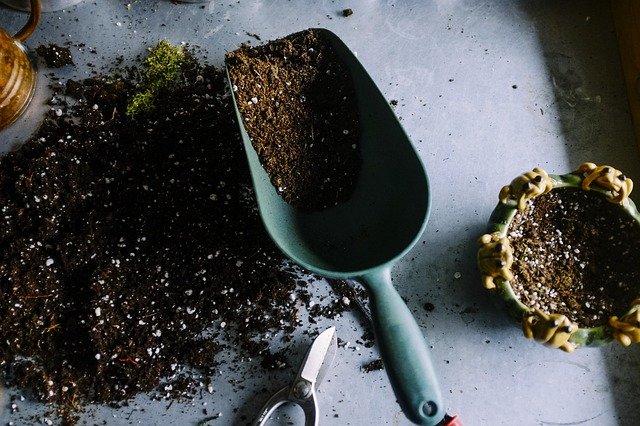
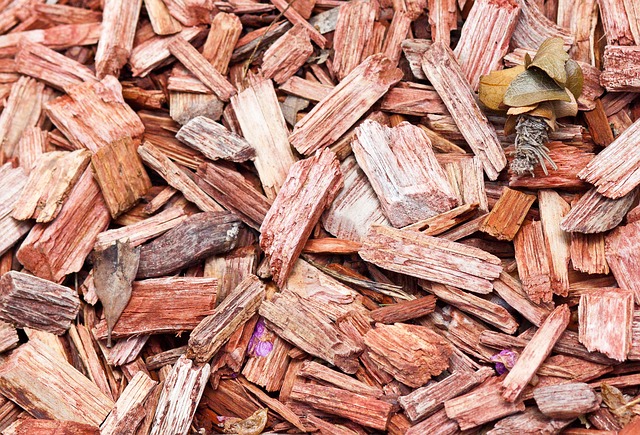
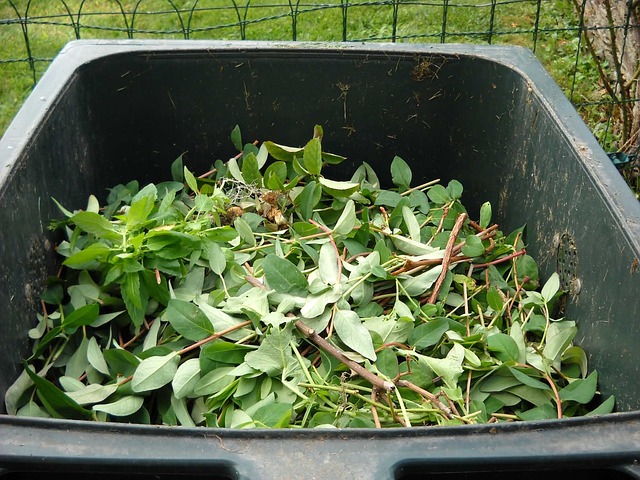
The best way to get soil & mulch really is at your local store. But if you have a woodchipper handy, you can easily make mulch.
For example, looking at prices online Pro Mix Mycorrhizae Potting Soil sold at Rona currently goes for about $1.4 CAD per kg. (2/3/2021).
Ideally, get a truck full of soil shipped to your land and make your potting table beside your soil pile. I checked locally and for 20 tons of soil, shipped to my place it cost around $415 CAD.
A composting system is a must-have in a garden or nursery. You will have dead leaves, leftover branches, and soil that can be used to make fertile compost.
A big plastic composting bin is the easiest way to start composting. But you can also make a wooden composting bin yourself, that’ll be a lot cheaper than buying the fancy composters for sale online.
Seeds, Seedlings or Liners From a Reputable Dealer
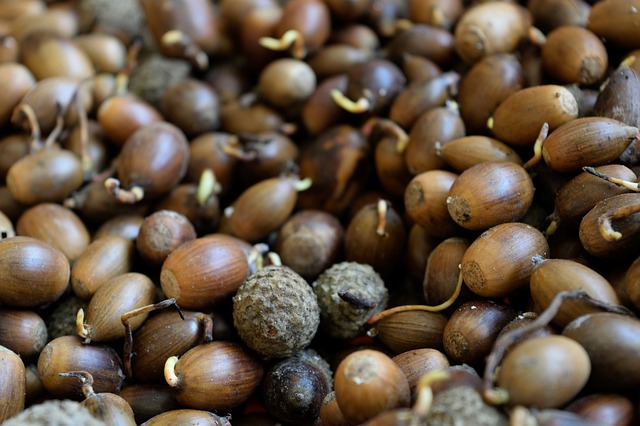
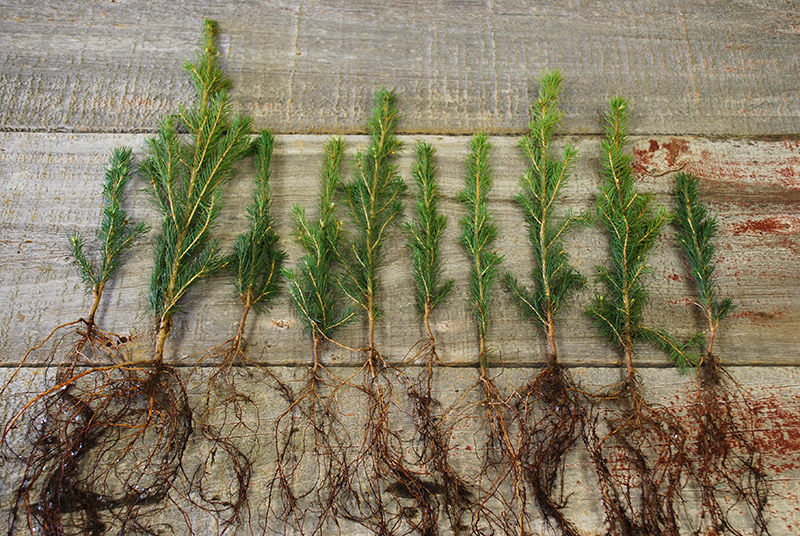
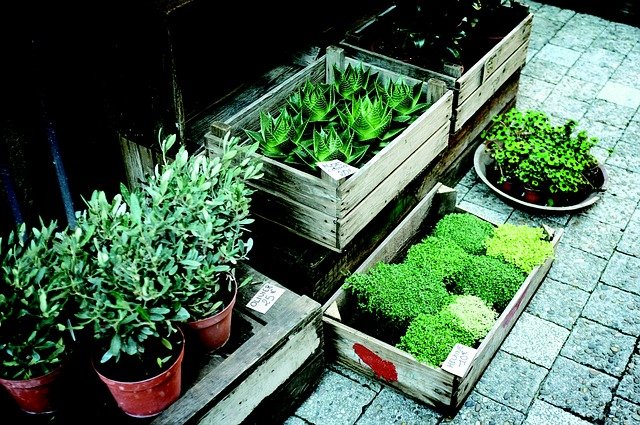
Seeds
If you plan to grow from scratch, seeds are the way. You might not have a choice sometimes because what you want to grow isn’t available around you.
Maybe you just want to do it old-school and start from the very beginning. Learning about the sprouting process isn’t a bad thing either. This is something you can specialize in that will become an asset further down the line. Other growers around you will come to know you as the seed guy/gal and come to you if they have questions.
Seedlings
Seedlings can be bought by bunches online for cheaper prices. It’s much more efficient this way because you don’t have to wait for the complete growth period.
You could buy seedlings for $1-2 each, care for them, let them grow a season then sell them for $6 each.
Liners
Liners are seedlings that have grown a bit more. They usually have at least a season in them and have long stems.
These are perfect for you if you need plants to clip cuttings from and propagate.
Depending on the plant, one liner could give you from 5-20+ cuttings. It’s easy to quickly propagate your plants when they are already grown.
Water System
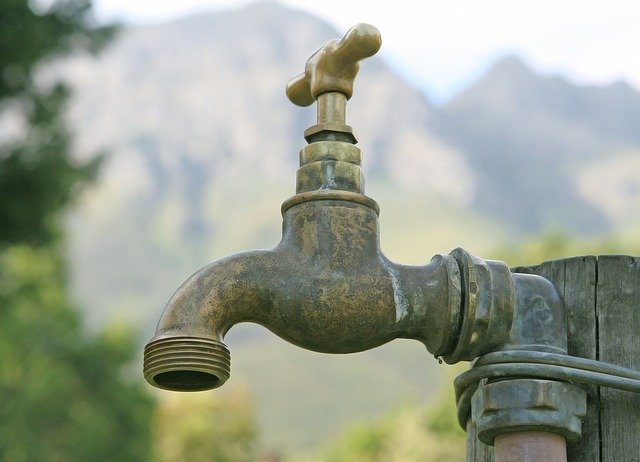
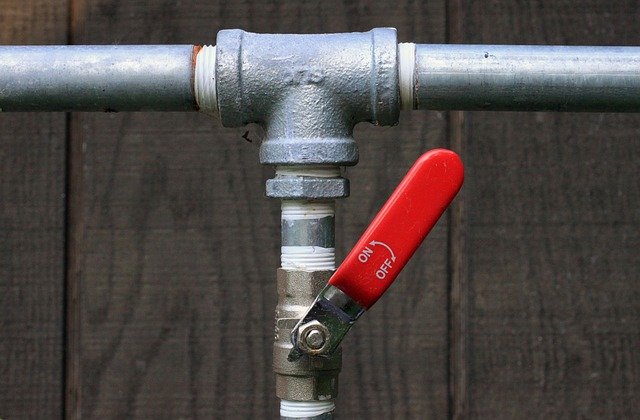
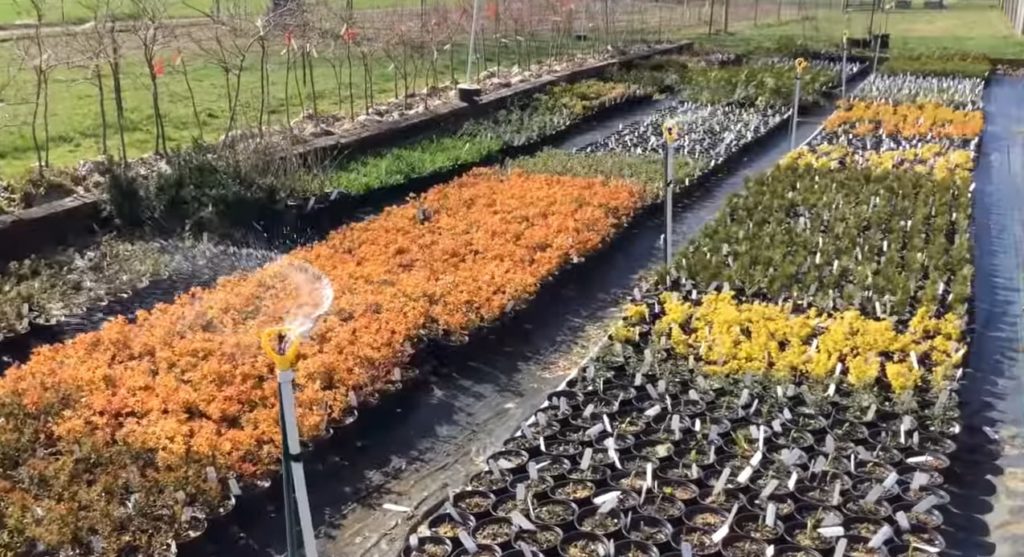
Your greenhouse might not be right beside your home, in that case having a river nearby is an asset. You can use sprinklers hooked to a water pump or you can fetch water yourself. A plain and simple watering can and rain barrels are just fine for small operations.
Small scale, a garden hose attached to your outdoor faucet is all you’ll need to continuously water your plants.
If you have a well, hooking up a pump to it is also a great idea.
Automatic Irrigation
The best setup you can make if you’re serious about your plant nursery is adding automated sprinklers. You’ll be able to keep your plants at just the right moisture and it’ll save you a lot of time.
What You Need to Set Up Automatic Irrigation
- 1″ PVC Pipes & Connectors
- Shut off Valves
- Whiz Head Sprinklers
- Watering Timers
- Garden Hoses
- Water Pump
- City Water Faucet, a Well or River
Basic Watering System Tips
Ideally, use a city water faucet with enough pressure. But If you’re using a well or a river, you’ll need a water pump to get the right pressure.
Anything under 1″ PVC pipe is too small, there will be too much friction. The longer your pipe is, the more your water is subject to friction and the less pressure you will have.
Run some pipes through your plant nursery. Then, stand up some pipes at about 7 feet intervals with whiz head sprinklers to mist your plants.
Use watering timers to set up specific times of the day to water. For example, it could be automated to open the flow at 10 am and spray for 20 minutes before shutting itself off.
Shut off valves are useful if you have a large piping system. Sometimes you’ll need to shut off areas while keeping other areas active.
Gardening hoses can also be handy when you need to split the flow. You might have some special areas away from the main plant nursery that needs sprinkling.
Gardening & Propagation Tools
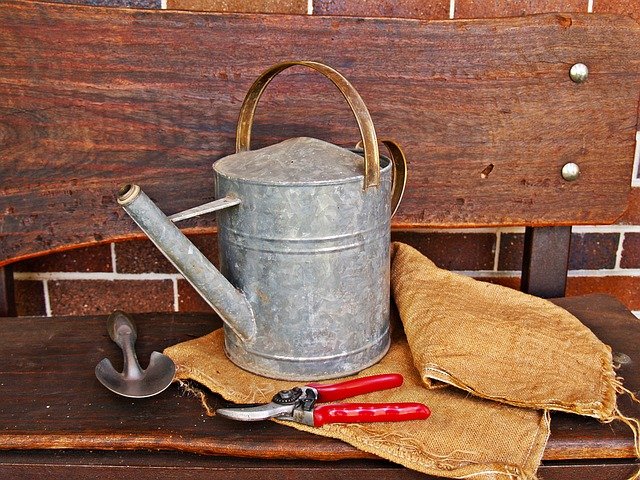
You can get some at the nearby hardware store. From my experience, if your grandparents have some kicking around that they’re not using anymore, that’s your best bet. Tools back in the day were just made more solid and the experience they have already proves their endurance.
- Sheers
- Trowel
- Rake
- Shovel
- Wheelbarrow
- Watering Can
- Gloves
- Burlap Bags
- String
- Rooting Hormone Powder
- Fungicide
- Bioplastic Wrap
- Garden Staples
- Landscaping Fabric
- Plant Markers
You might need other tools and supplies such as wood, screws, and a drill to build your structures. Things like your potting table, plant racks, or shade racks.
How to Start Your Plant Nursery: Step by Step
Before all these steps start, you need to go and check regulations at your local authorities. Depending on the province or state, you might need a permit to use your land to grow plants. It’s important to know how your community deals with this, to make sure no problems come down the line.
1. Pick Your Dedicated Plant Nursery Area

You should pick an area that’s even larger than what you’ll need in the beginning. I’m saying this because there is a high chance you might expand later, so the more room the better.
Pick an area with relatively flat land. This will make it easier to lay down your plant beds down and racks.
You also want to keep these two very important factors in mind:
- Where is the nearest water source?
- Do you have access to power?
You can run a plant nursery without power if you do most things yourself. But you will require a water source for sure.
Power comes in when you start automating your plant nursery. You will need a source of power to run your water pumps.
These are possible water sources:
- City water
- Well water
- River/Creek water
- Rain Water
You can hook your hose directly to a tap on your house that runs city water, the pressure is great too.
If you don’t have access to city water, a good water pump bringing water out from your well or a nearby river works well.
Last option is collecting water in rain barrel.
2. Start Setting Up Your Plant Nursery
You have picked the right spot, now is time to set everything up!
Did you get a greenhouse? In that case it needs to be safely secured to the ground. Once it’s ready and safe, you can build planters straight on the ground or build some racks inside to hold multiple levels of plants.
Are you making your plant nursery outside? Then there’s a few things you need to do first.
Separate Your Plant Nursery Into Areas
Trust me, if you start with this initially, it will save you a lot of problems later down the line and you will be much more organized.
These are the 5 main areas you should have:
- Area 1: Propagation Beds
- Area 2: Growing Beds
- Area 3: Dedicated Sales Area
- Area 4: Potting Area
- Area 5: Soil pile & Compost pile
Another important area that’s not technically part of your nursery is your personal garden. You should really have your own personal garden with plants that you sell, these will make great sources of cuttings for propagation and awesome showcases for the plants you grow.
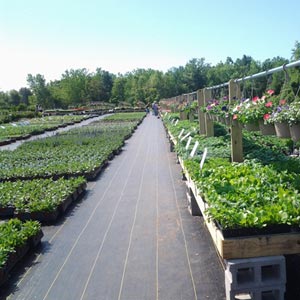
Landscaping Fabric: Your best friend
Lay down some landscaping fabric in the whole area you’re planning to grow your plants in. Trust me, this will save you a lot of headaches.
Not only will it save you from picking weeds all the time, but it’ll also protect from rodents and help water drain where you want it to.
Ideally, you want to have the growing bed area leveled first, then have a layer of gravel down, then put your landscaping fabric on top.
3. Build Your Raised Growing Beds
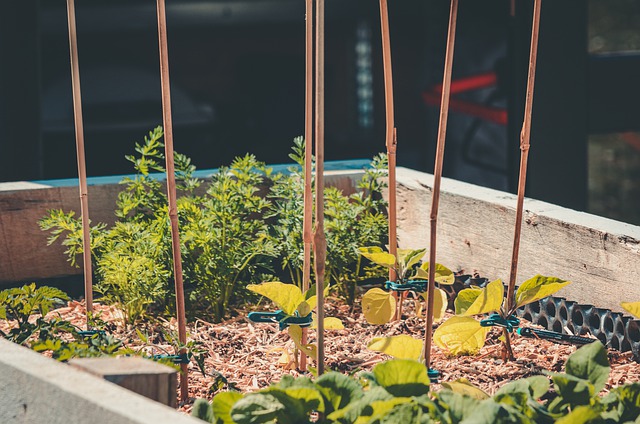
Raised beds don’t have to be complicated, all you need is to do is nail together some 2×8 into rectangles and lay them on top of your landscaping fabric.
Put some potting soil in your raised beds and sand in your propagation beds. Cuttings will root the best in sand, not soil.
Leave enough room in between your beds to walk through and to have your water system pipes going through without being in the way.
You might also want to build simple racks on your raised beds. Racks are useful to put shade cloths on top for certain plants or white plastic to winterize your plant nursery. Maybe you won’t need to winterize, it all depends on your area.
4. Build Your Potting Area
All good plant nurseries need a good potting area because you’ll be doing a lot of it.
- Build a Tool Shed: You want to have easy access to all your gardening tools.
- Build Potting Tables: You want one or two tables because you might get help some days, make them high enough so that you can stand while working.
- Build a Composting Area: It’s a great idea to have it in your potting area because you’ll be throwing away much organic matter here.
- Soil Pile: If you start a plant nursery, you don’t want to go to a store and buy individual bags of dirt, it’s just not cost-effective. The best thing is to order a whole load of dirt. Have it dumped near your potting area to always have soil on hand.
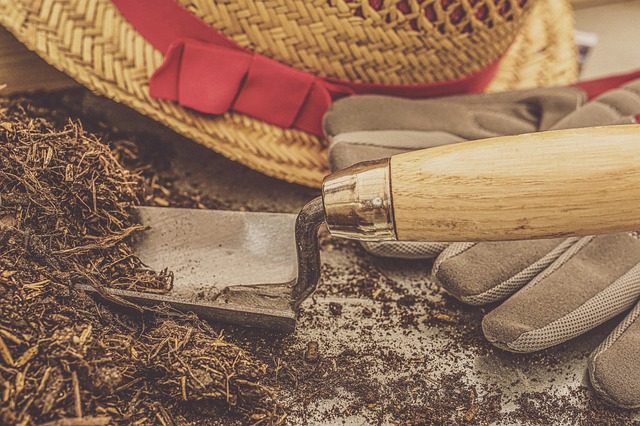
5. Set Up Your Water System
- Hook Up to a Water Source: A well, city water, or a river, and add a watering timer.
- Build a Pump Shed: To keep your water pump away from the elements.
- Bring a Power Source: To run your water pump, it can be an extension or solar panels hooked to a battery.
- Install Your PVC Pipes: Place them throughout your garden system and set up whiz head sprinklers in intervals.
- Turn On Your Water: Set the timer to spray at least twice a day for 20 mins.
6. Buy Liners/Seedlings and Start Propagating
Now that your whole setup is ready, you can start buying your liners/seedlings.
- Order Your Liners/Seedlings: Try to order them in advance before you start your setup. Only buy from a reputable dealer and try to buy plants that are hardy to your zone. Check out what hardiness zone you are in here.
- Clip Your Liners for Cuttings: This is where you start making money, use some sheers to clip cuttings of your plants and bundle them up so you can plant them in your sandy propagation beds.
- Plant Your Cuttings in Your Propagation Beds: Plant them tightly together, use a 2×4 to compact the sand, make even rows, and as your row spacing guide. The thin 2″ side is about the distance you want in between rows.
- Plant Some Trimmed Liners: I recommend you plant some of your trimmed liners in your personal garden. This way they can be a permanent source of cuttings in the future.
- Organize Your Potted Plants: In your growing area, or your sales area. Everything potted should be well tagged and separated into sections so that every plant is clear.
7. Pot Up Your Rooted Cuttings & Let them Grow!
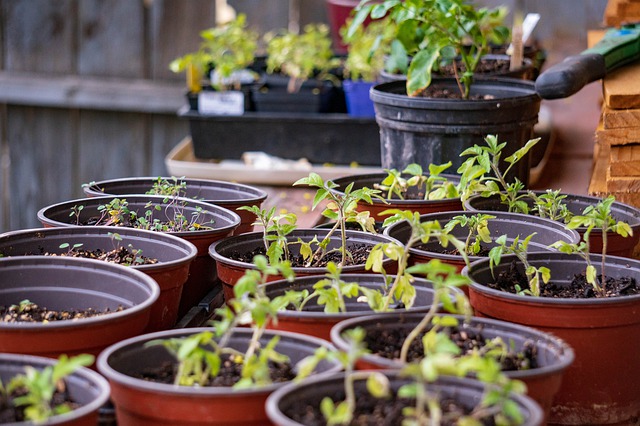
If you planted your cuttings in your propagation beds at the beginning of the season, they will be rooted by late June and mid-July.
You don’t have to worry about their roots mixing together, you can just shake the dirt and separate them by hand.
You can now fill your medium pots with soil and pot up every rooted cutting individually.
Once you’ve potted your rooted cuttings, organize your pots into your sprinkling area to keep them well watered.
By end of July and early August, they should have grown enough to be ready for sale. If you’re not satisfied, you can always let them grow more and clip the long stems for more cuttings.
8. Host Sales, Advertise, Visit other Plant Nurseries, Join Groups
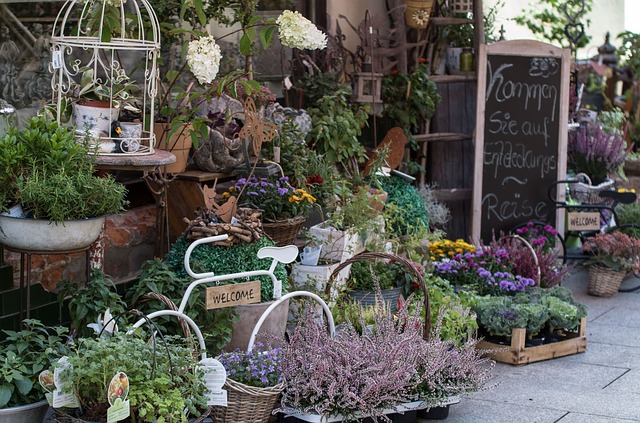
Competition in this industry is your best friend. Often you will buy seedlings from other plant nurseries and they will buy seedlings from you as well. Enough people are buying for everyone to sell, it doesn’t have to be hostile.
Host sales at your nursery, advertse online on facebook, kijiji or your own personal website.
It’s also a great idea to visit other nurseries and share your projects with them. It will build your reputation and they might give you some tricks.
Join growers groups, you cant underestimate this asset. You will get many sales and find suppliers from within.
To conclude, starting a green business is as simple as that! With the right preparation, a tree nursery can become a self sustaining business.
Hopefully this guide will help and inspire you start your own plant nursery!
Happy Plant Caring!
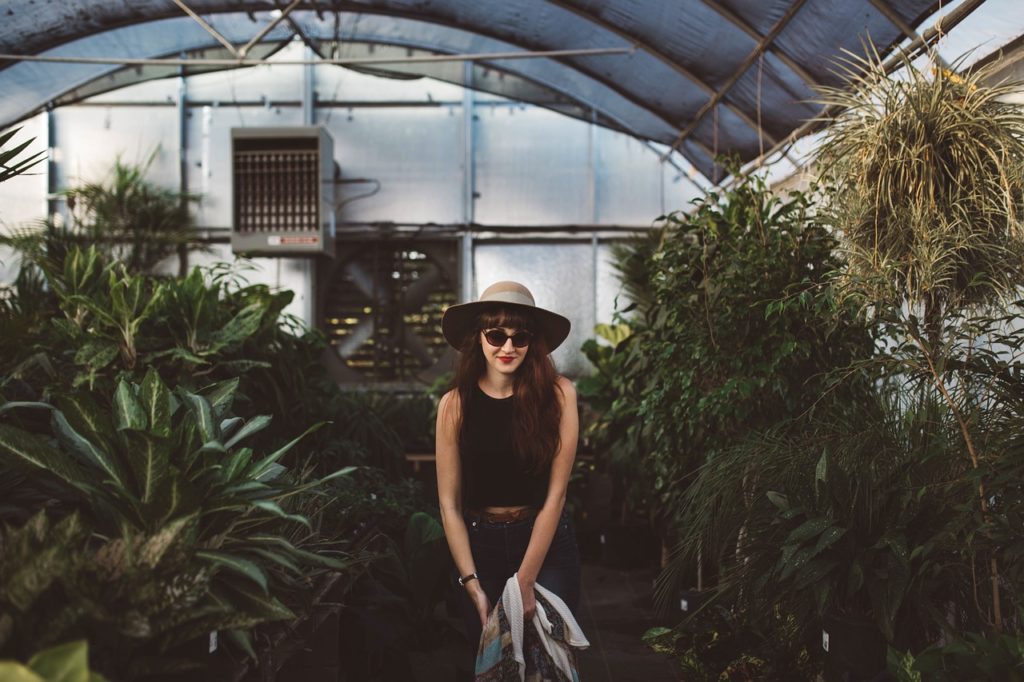
If you liked this guide, you might also like our hybrid tree farming guide or you might also want to learn how to forest farm mushrooms.

